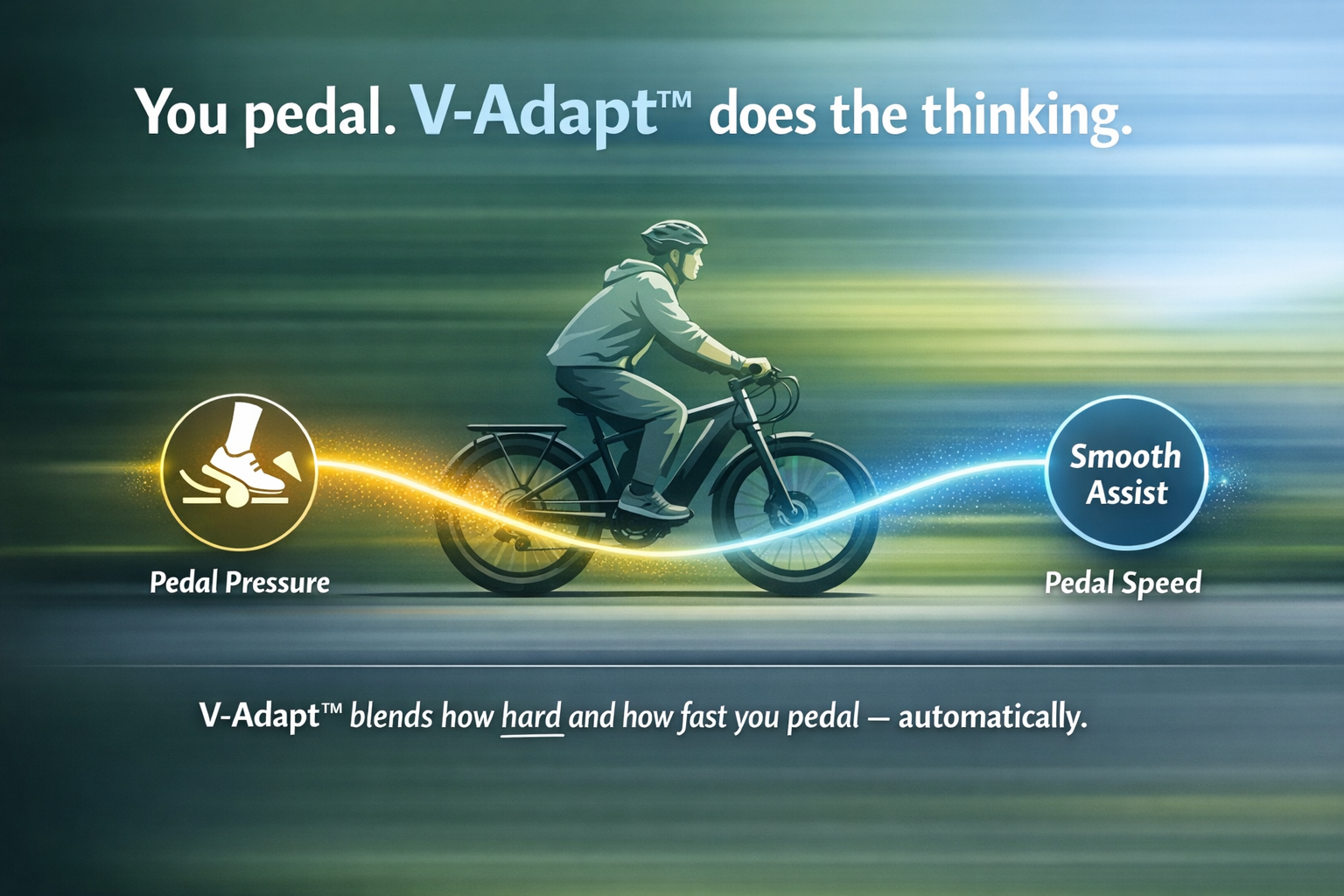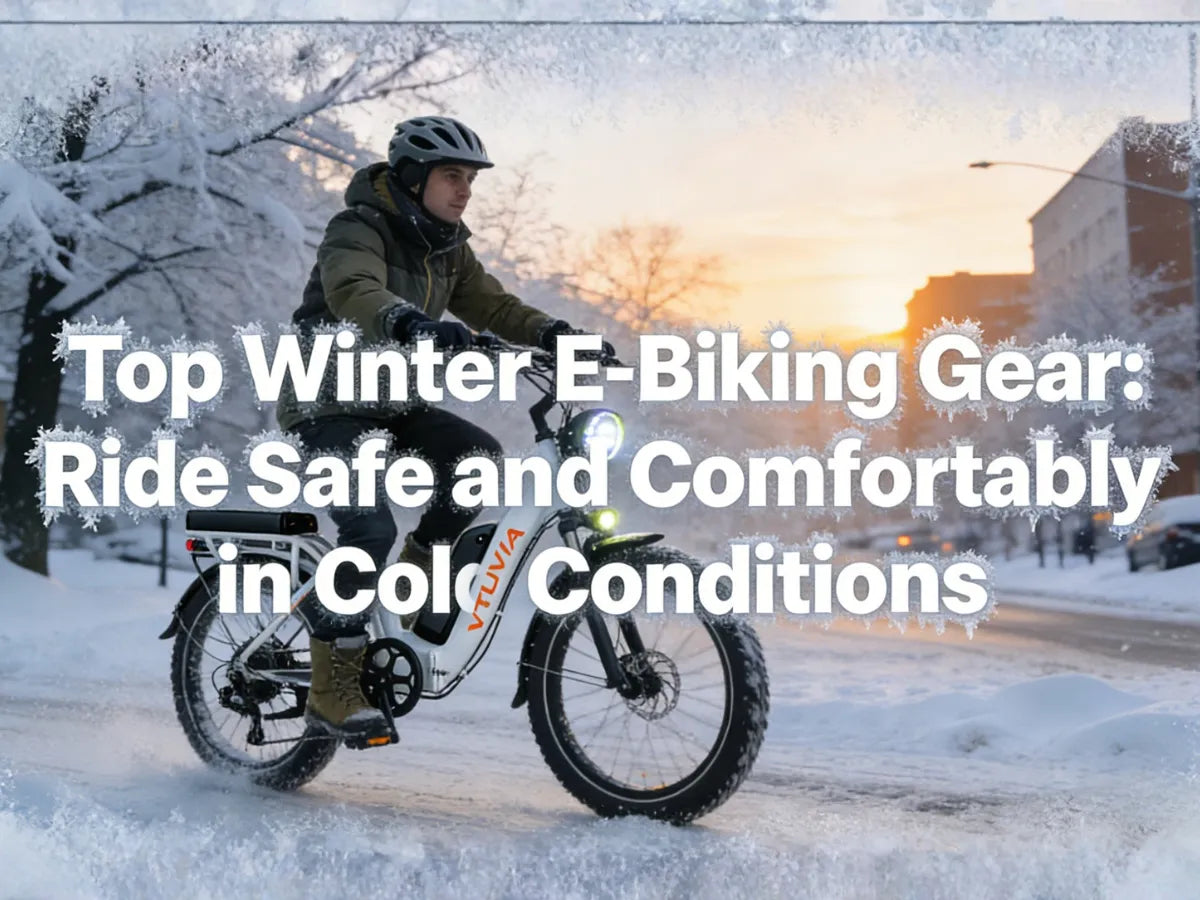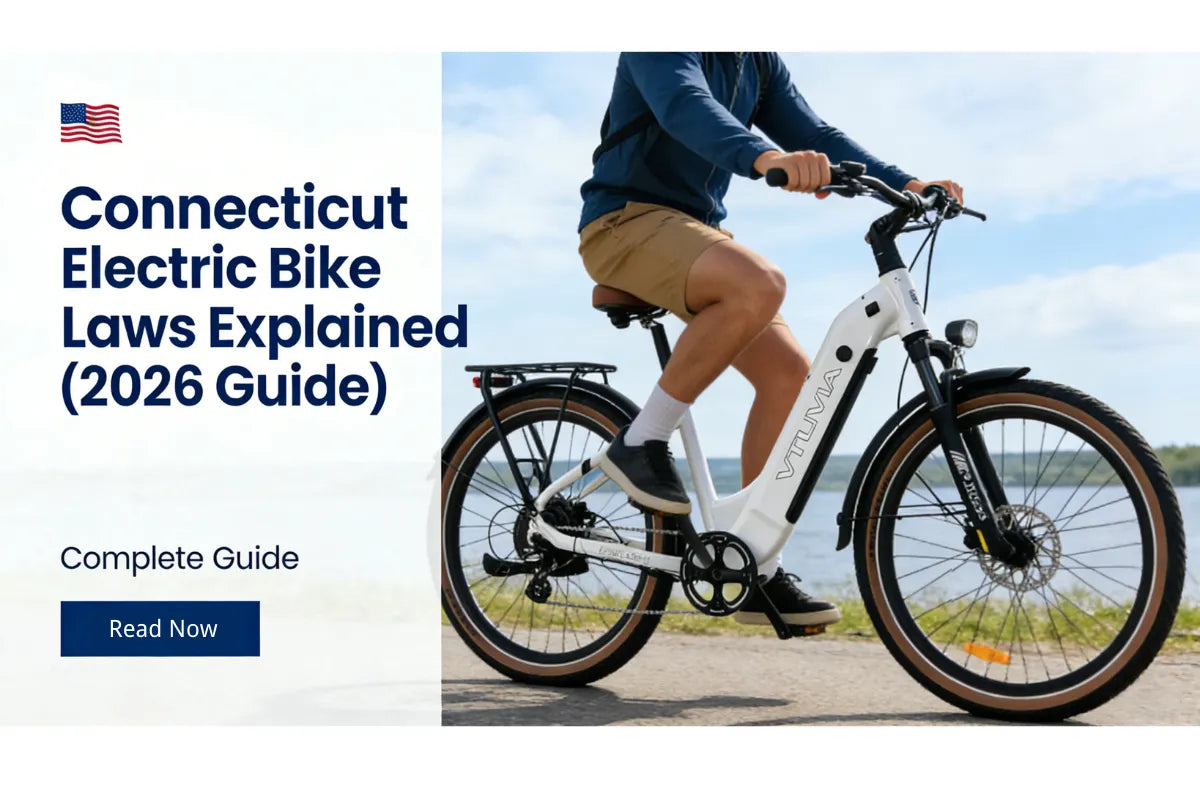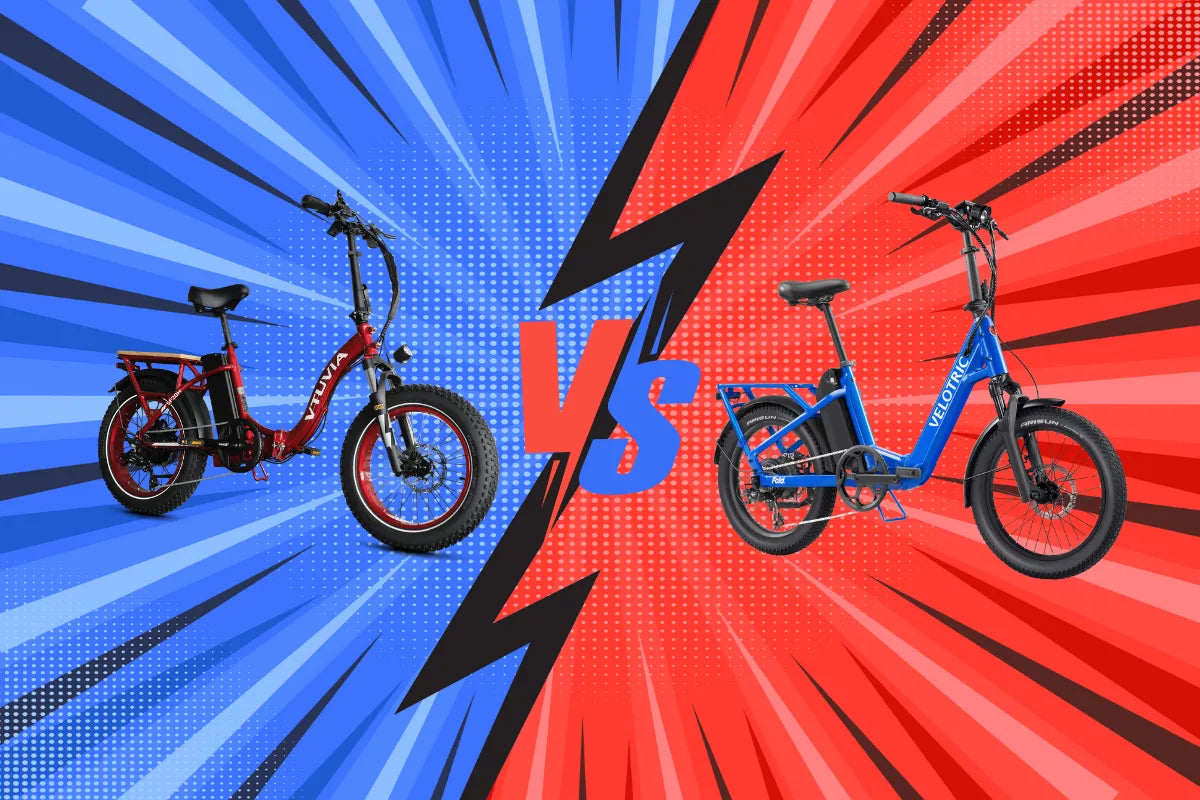Unleashing the Magic: The Definitive Guide to Bike Tire Pressures
Get the right PSI for your bike, improve comfort and safety, and squeeze more efficiency out of every ride. Practical charts, step-by-step checks, and eBike tips included. (Tip: Vtuvia eBike tires list the recommended PSI right on the tire sidewall — check there first.)
Why Tire Pressure Matters
- Comfort: Lower pressure cushions bumps; higher pressure feels faster but harsher.
- Safety: Proper pressure improves traction and cornering stability.
- Efficiency: Underinflated tires increase rolling resistance and waste energy.
- Durability: Correct PSI reduces pinch flats and uneven wear.
How to Find Your Sweet Spot (PSI)
Before guessing, check the tire sidewall — most tires (including Vtuvia) have the recommended PSI range printed there. Use that as your primary reference, then fine-tune based on your weight, load, terrain, and riding style.
Factors to consider:
- Rider weight: Heavier riders generally need higher PSI (within the tire's range).
- Terrain: Lower for rough or loose surfaces, higher for smooth pavement.
- Load: Cargo, racks or a passenger require a PSI increase.
Recommended PSI Chart (Quick Reference)
Use this chart as a starting point. Always verify the sidewall and your bike manual.
| Bike Type | Tire Width | Rider ≤ 150 lbs | Rider 150–200 lbs | Rider ≥ 200 lbs |
|---|---|---|---|---|
| Road Bike | 23–28 mm | 80–100 PSI | 90–110 PSI | 100–120 PSI |
| Gravel / All-road | 30–40 mm | 50–70 PSI | 55–75 PSI | 60–80 PSI |
| Mountain Bike | 2.0–2.5" | 28–35 PSI | 30–40 PSI | 35–45 PSI |
| Fat Tire / Wide eBike | 3.8–5.0" | 8–15 PSI | 10–18 PSI | 12–20 PSI |
PSI vs BAR — Quick Conversion
PSI vs BAR — Quick Conversion
PSI (pounds per square inch) is common in the U.S., while BAR is widely used in many other countries. 1 BAR ≈ 14.5 PSI. To make things easier for our riders, Vtuvia tires display both PSI and BAR markings, so you can quickly find the right pressure no matter which unit you prefer.

How to Check and Adjust Tire Pressure
- Check cold: Always measure when tires are cold for accurate readings.
- Use a quality gauge: Digital or dial gauges are affordable and accurate—avoid guessing.
- Adjust by terrain: Lower PSI for loose/wet terrain; raise PSI for long-distance and smooth roads.
- Re-check: After pumping, re-check the pressure to confirm the final value.
Troubleshooting & FAQ
My tire loses air overnight — what gives?
Small pressure loss can be normal. If it's significant, inspect for punctures, debris, damaged valve stems, or rim tape issues. For inner-tube tires, submerge the tube in water and look for bubbles to locate slow leaks.
Should I inflate to the max PSI printed on the tire?
The max PSI printed on the sidewall is the safe upper limit — not necessarily the most comfortable or efficient value. Aim for the mid-range that fits your weight and riding conditions.
How often should I check tire pressure?
For regular riders: at least once a week. Check before any long ride or if the bike has been parked for several days.
eBike & Vtuvia-Specific Notes
- Tire markings: Vtuvia eBike tires clearly show the recommended PSI range on the sidewall — follow that as your primary guide.
- Range vs comfort: Slightly higher PSI can improve rolling efficiency (and battery range); slightly lower PSI improves traction and comfort.
- Heavy loads / dual battery setups: If you're carrying cargo or installing dual batteries, increase PSI within the tire's recommended range for safety and handling.
- Temperature effects: Expect roughly 1–2 PSI change for every ~10°F (5–10°C) change in ambient temperature — recheck seasonally.
Pre-Ride Checklist
- Check both tires with a gauge (cold).
- Confirm valve caps are tightened and intact.
- Quick visual inspection for cuts, embedded debris, or bulges.
- Adjust PSI for load and road conditions.





Share:
2025 Electric Bike Cost Comparison: Save More with E-Bikes
Best Fat Tire Electric Bike for Seniors – Smooth, Safe, and Easy to Ride